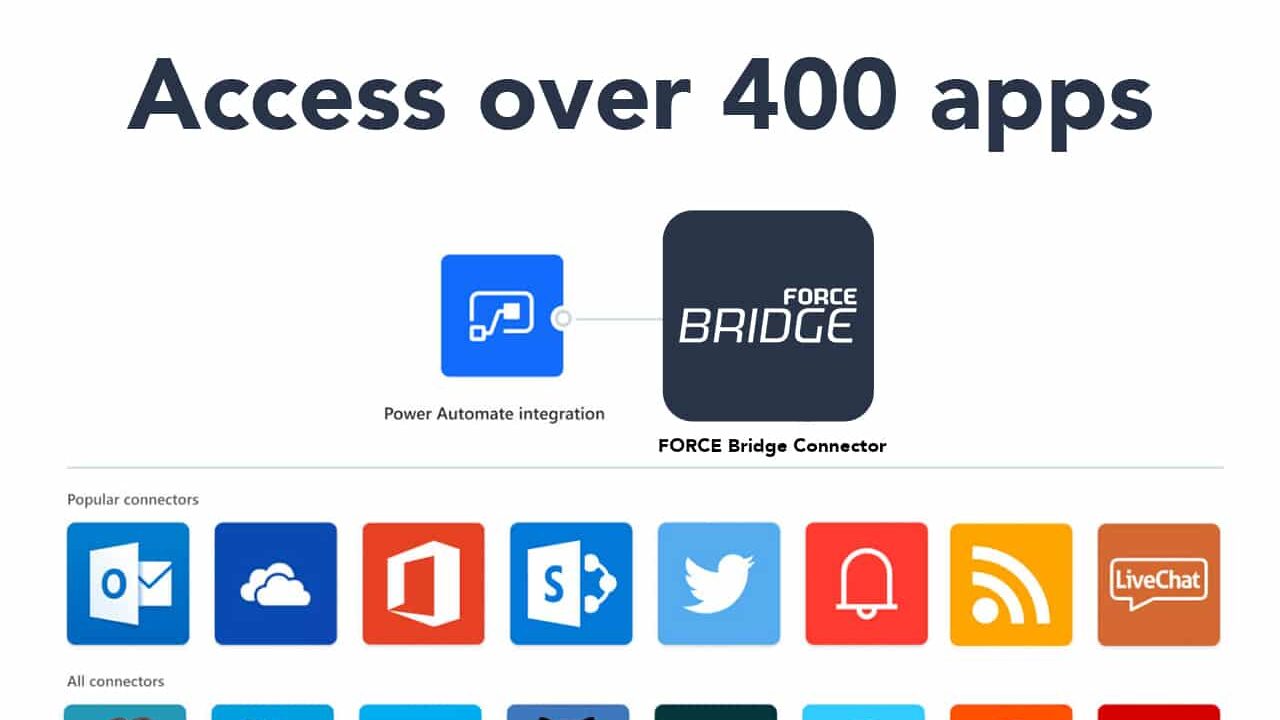New FORCAM connector: “Digital transformation is now also easy.”
The new FORCAM connector to the Microsoft Power Automate app ecosystem enables factory teams to design Factory Work 4.0 – workflows with familiar apps across application boundaries in a significantly more value-adding way. Our responsible product manager Dominik Amann explains how this works.

What exactly is new about this solution?
Dominik: Until now, manufacturing lacked the easy use of apps that we all know from our private and office lives. This bridge between market-known apps and manufacturing is built by our new connector, “Bridge API,” which is now listed in Microsoft Power Automate’s app ecosystem. With our connector, manufacturing companies can, for the first time, use the Microsoft app ecosystem with over 400 apps to build automated workflows across departments and transform their organization into an intelligent factory with little effort. In short: digital transformation is now also easy.
What do factory teams get out of it?
Dominik: Apps in the Microsoft Power Automate ecosystem include such well-known applications as Excel, Facebook, Outlook, Skype, Trello, and many more. The connector enables factory teams to set up intelligent workflows for various purposes and automate recurring business processes with these apps through simple configuration – without programming. In this way, factory teams can, for example, automatically monitor compliance with key performance indicators with minimal effort and permanently minimize downtimes. The units can therefore work more efficiently and independently.
An example, please.
Dominik: Example material bottleneck: A worker notices defective material for a current production order. With a click on the touch terminal, the person can send an email, a Microsoft Teams message, or an online ticket (JIRA, Trello, etc.) to the members of a logistics team. They are called to a meeting on an ad hoc basis. The automated message thus transmits all relevant information such as required material, order, machine, and location to the right group of people in real-time. Valuable time is saved. The logistics team can directly initiate measures to eliminate the current material bottleneck and avoid future material bottlenecks.
Can machines also initiate adhoc-workflows?
Dominik Amann: Yes. Let’s assume that a tool breaks on a machine during production. A Trello ticket is now automatically created for maintenance, for example. In addition, the people directly involved are notified again, and fast and targeted action is made possible. The result: downtimes are reduced.
Numerous other automated workflows are feasible, for example:
- The comparison of key performance indicators. Workers can use their email program, such as Outlook, to keep themselves informed about the actual and target values, for example, of the overall plant efficiency;
- Sensors that record process data such as fill levels, pressure, or voltage in machines can also trigger automated workflows;
- Sensors can also report when new material is needed via selected apps.
The possibilities are manifold.
How does the connector work technically?
Dominik Amann: The technological home port is FORCAM’s main product, our turnkey and cloud-based IIoT platform solution FORCAM FORCE™. Its central element is the Bridge platform for real-time analytics in manufacturing. This platform is the bridge pillar of the connector on the FORCAM side.


